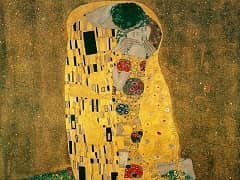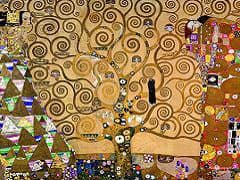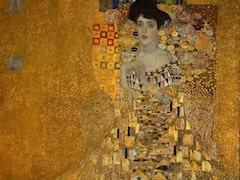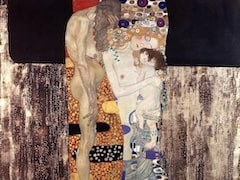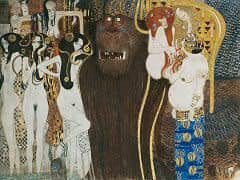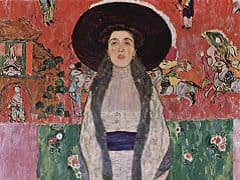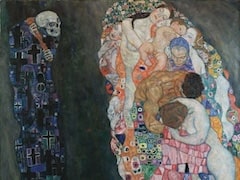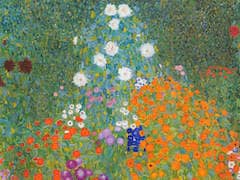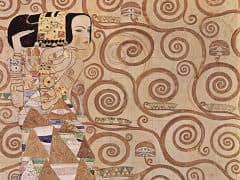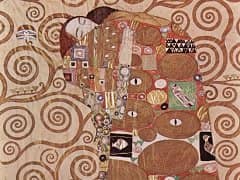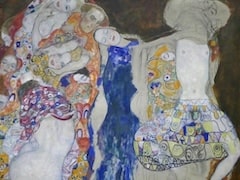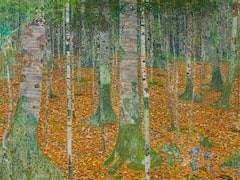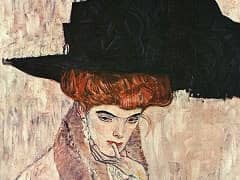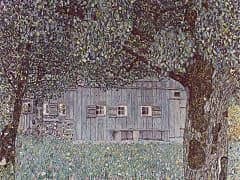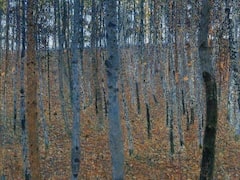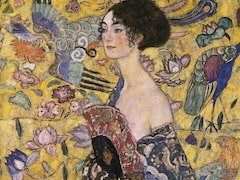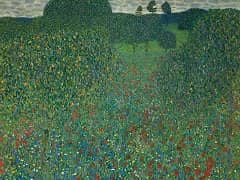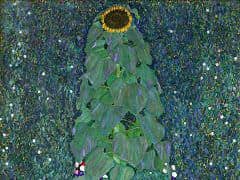Malcesine on Lake Garda, 1913 by Gustav Klimt
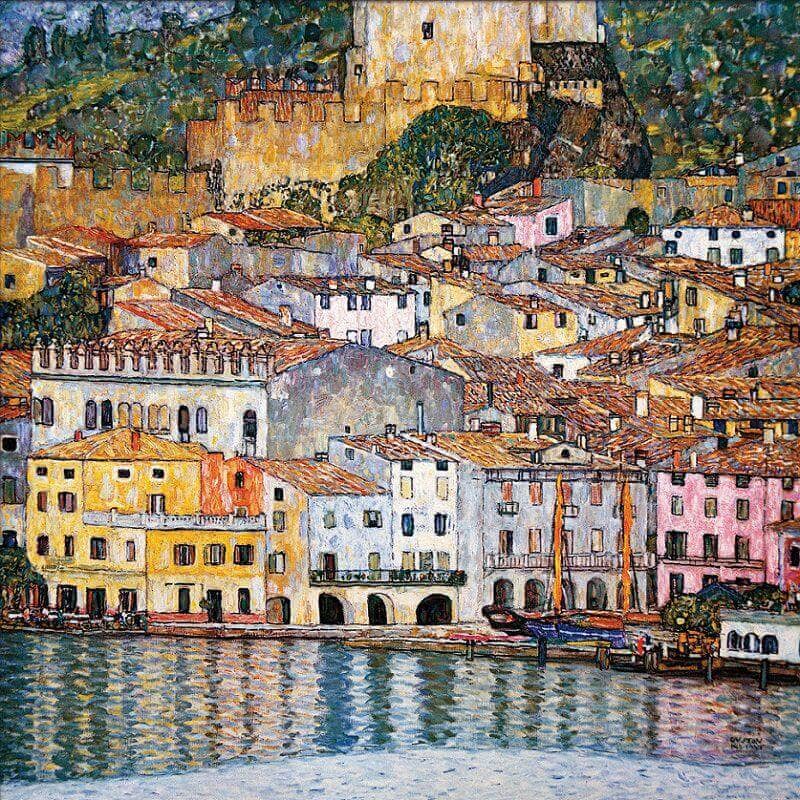
In 1913 Klimt broke with his annual three-month visit to Attersee spa in the Austrian Alps, and went to the Italian Lake Garda instead, possibly under the increasing influence of
Egon Schiele, who preferred to travel abroad. Whether as a result of the change of light or scenery, this work amply demonstrates its superb effect on
him. As in Austria, Klimt paints the scene from a boat out on the water, yet the dramatic distinction of this landscape is the transformed handling of subject-matter, panorama, lighting, and form.
It is a wonderful light, expansive work unlike the usual claustrophobic style of his typically intense Austrian scenes. The atmosphere is of life and frivolity rather than the somber, emotionally
charged visions of home.
Some critics point to Cubism as the agent of change. Klimt came into contact with the movement during recent trips to Paris where works of Pablo Picasso
and Georges Braque were on display. Schiele's own landscapes during this period certainly explore a more Cubist approach and both artists probably
discussed the dynamic implications of this new formal esthetic. But in Klimt's case, comparison with Cubism is stretching a point. Here its influence was only experimental and conducted in a
casual, limited fashion. Sadly, this singular work was also destroyed in the Schloss Immendorf fire.

